Yabadabadoo! Flintstones Complete Vitamins, Part Eight
December 27, 2013
Yabadabadoo! Flintstones Complete Vitamins, Part Eight
In this installment, I will tell you about the natural sources of biotin also known as vitamin H. Biotin can help with diabetes, brittle nails, as well as supports the health of the skin, nerves. For a different yet traditional end of year meal, I would like to offer my own recipe for Daube de Bœuf à la Provençale – Provencal-style Beef Stew. Add to that oven-roasted rosemary new potatoes and a mixed greens salad and you’ll have a very French Holiday dinner. I wish you and your family a healthy and Happy New Year for 2014. Chef Alain
Biotin
Biotin is a coenzyme and a B vitamin and is also known as vitamin H. As a supplement, biotin is sometimes used for diabetes, brittle nails, as well as supports the health of the skin, nerves, digestive tract, metabolism, cells and more. However, most people don’t need biotin supplements. We get biotin in foods naturally. Our bodies also recycle the biotin we’ve already used. Genuine biotin deficiency is quite rare. Seems to me it’s not necessary for kids’ health.
Chef Alain’s Food Source of Biotin
Instead, by eating wheat germ, whole-grain cereals, whole wheat bread, eggs, dairy products, nuts, Swiss chard, salmon, and chicken, you will ensure your children will ingest the right kind of absorbable biotin.
Calcium Pantothenate
Calcium pantothenate is a synthetic substance made from pantothenic acid and sold as vitamin B-5 supplements but it is not the real vitamin B5.
Why take the synthetic version when you can easily find it in wheat germ, brewer’s yeast and royal jelly. Natural pantothenic acid can also be found in almost all vegetables, as well as cereals (some of it may be constrained by phytic acids contained in grains) or a wide range of meat products such as liver, kidney, heart, and fish as well as egg yolks.
Cupric Oxide
Cupric oxide or Copper oxide (CuO) is a form an oxide of copper. Copper oxide is an irritant. Animal studies have shown conclusively that the copper (Cu) in analytical-grade cupric oxide (CuO) is unavailable for absorption from the gut and can cause damage to the endocrine and central nervous system. Cupric oxide is no longer used as a copper supplement in animal nutrition, but it continues to be used in vitamin-mineral supplements for humans. Why?
Instead, get your copper the natural way by eating asparagus, calf’s liver, crimini mushrooms, turnip greens and blackstrap molasses.
Chef Alain’s Recipe
Daube de Bœuf à la Provençale. Provencal-style Beef Stew
My mother-in-law, Helene, prepared this dish wonderfully. Unfortunately, she passed away before I could ask her for her secrets. I suspect it had a lot to do with the well-seasoned special “daube” pot she used. After long research, this is the version I feel tastes the closest to her divine stew. This is a meal to share with friends around a lively table. It adds to the goodness of this dish.
Servings: 4
Prep Time: 40 min.
Cooking Time: 4-5 hours
INGREDIENTS
– 2 pounds of beef stew meat: shank or chuck, cut into 3 ounce pieces (ask your friendly butcher)
– 2 Tbsp olive oil
– 2 medium onions, peeled and sliced thin
– 3 carrots, peeled and sliced thin
– 1 celery stalk, sliced thin
– 2 garlic cloves, peeled and sliced thin
– 2 parsley sprigs with their leaves
– 6 whole peppercorns, crushed coarsely
– 2 pinches of coarse sea salt
– 1 knife tip of ground nutmeg
– 4 juniper berries, crushed coarsely
– 1 fresh orange peel, cut in strips
– 2 cloves
– 2 fresh thyme sprigs
– 2 bay leaves
– 1 bottle of deep dark red wine with strong tannins
– 2 Tbsp organic pork fat or butter
– 2 oz lean bacon in one thick slice, cut into dices
– 4 cups of large egg noodles, macaroni or bow tie pasta, cooked in a large pot of salted water
PROCEDURE
1. In a large enameled cast iron pot, toss the meat along with the vegetables, herbs, spices, salt and pepper; sprinkle with the olive oil and cover with the red wine. Stir together well. Cover and marinate at least 6 hours, or overnight at room temperature. Note: If you feel uncomfortable with leaving this marinade out overnight, refrigerate overnight but the flavors will not develop the same way. If you are marinating during the day, stir every two hours.
2. The next day, take the meat out and put aside; strain the marinade, saving the vegetables and the liquid separately. Dry the pot to be reused right away.
3. In that same pot, melt the pork fat (or butter), and cook the cubed bacon and meat together for about 5 minutes; add the drained vegetables and cook for another 5 minutes; finally, cover with the marinade liquid. Bring to a gentle boil. If you own a heat disperser, place it on the flame and keep the heat to the level where the stew is barely simmering.
4. Cook covered for 4 to 5 hours until the meat is falling apart.
5. When the meat is ready, cook your noodles in a large pot of salted water for 12 minutes or al dente. Drain. Place the cooked pasta on the bottom of your serving dish, and cover with the stew. Serve pasta and meat separately and allow each guest to help themselves to their heart’s content.
= Chef’s tip 1: One of the old folks’ secrets when it comes to this stew is that you should top the stew pot with a large plate and fill it with a cup of red wine (or water). When the wine or water evaporates, add some more until the meat is cooked. What this does is to allow the steam from the stew to condense against the cool lid filled with liquid and fall back into the stew to develop a better flavor. I believe in this method, too. As a matter of fact, if you visit the South of France, you can buy a “daube” earthenware pot with a special lid that allows you to add liquid on top.
= Chef’s tip 2: Some chefs believe that adding tomatoes or tomato paste to this “daube” makes it more special. As you already know, every chef will add his own twist to any recipe. I don’t recall Helene using tomatoes in hers, but if it works for you, give it a try and let me know how it tastes.
This recipe is excerpted from Paleo French Cuisine by Chef Alain Braux
Next time, I will talk about artificial colors – in kids’ supplements? And natural food sources of folic acid. Since beans are a good source of food-based folic acid, my next recipe offering will be a classic from the south of France, Soupe au Pistou – Pesto Soup. Until then, I wish you and your family a healthy and happy New Year for 2014.
A Votre Santé – To Your Health
Chef Alain Braux
Chef Alain Braux is an award-winning executive chef and award-winning food and health author. Chef Braux is the executive chef and nutrition therapist at Peoples Pharmacy in Austin, TX, as well as running his health food consulting private practice at A Votre Santé – To Your Health. You can also find him on Facebook, LinkedIn, and Twitter.
Chef Braux is an expert in food allergies diets and the author of multiple award-winning food and health books. “How to Lower your Cholesterol with French Gourmet Food”, “Living Gluten and Dairy-Free with French Gourmet Food”, “Healthy French Cuisine for Less Than $10/Day” and most recently “Paleo French Cuisine”.
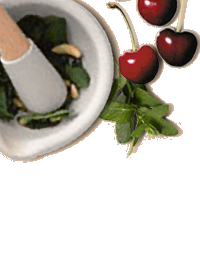
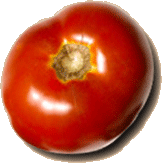
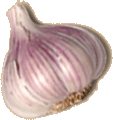
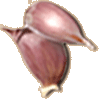
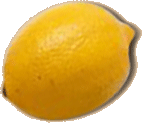
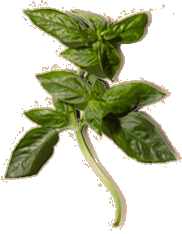
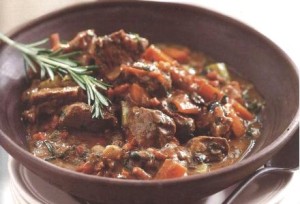
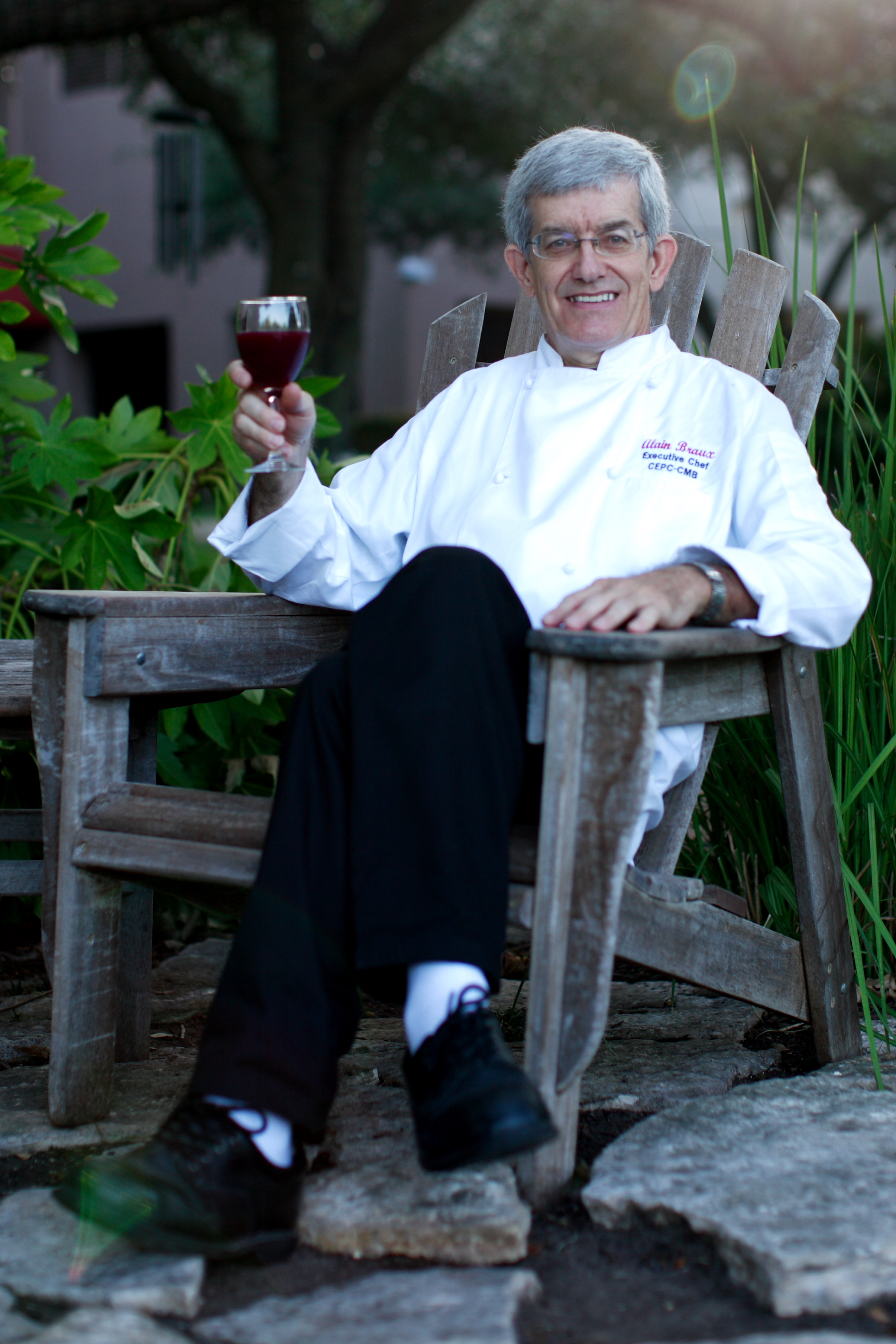
leave a comment